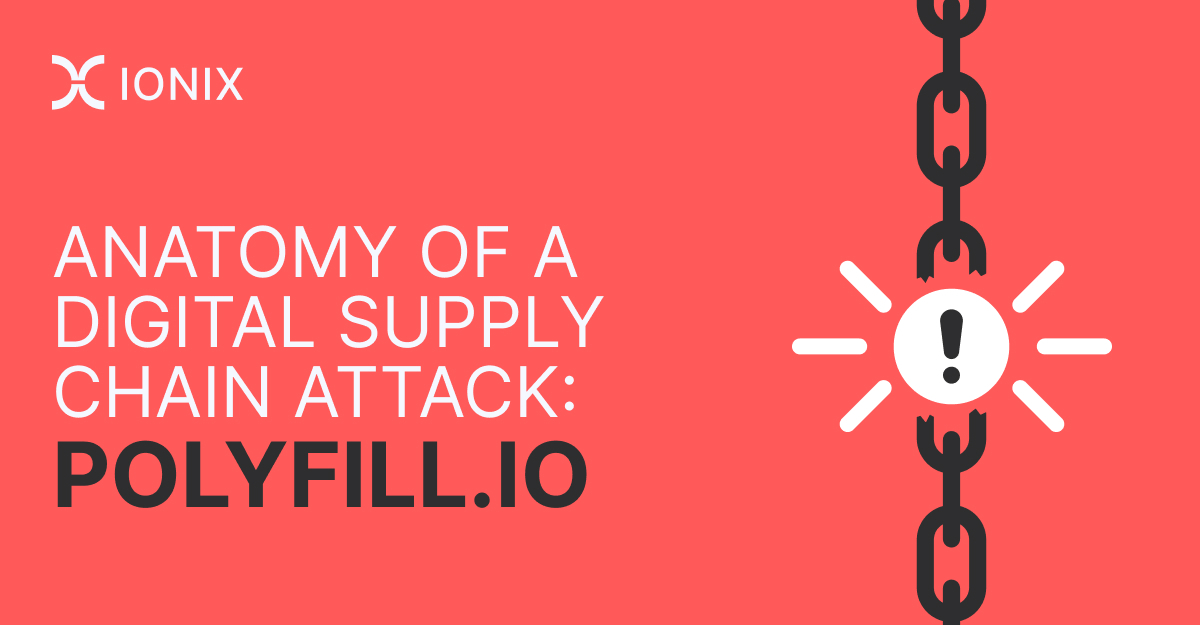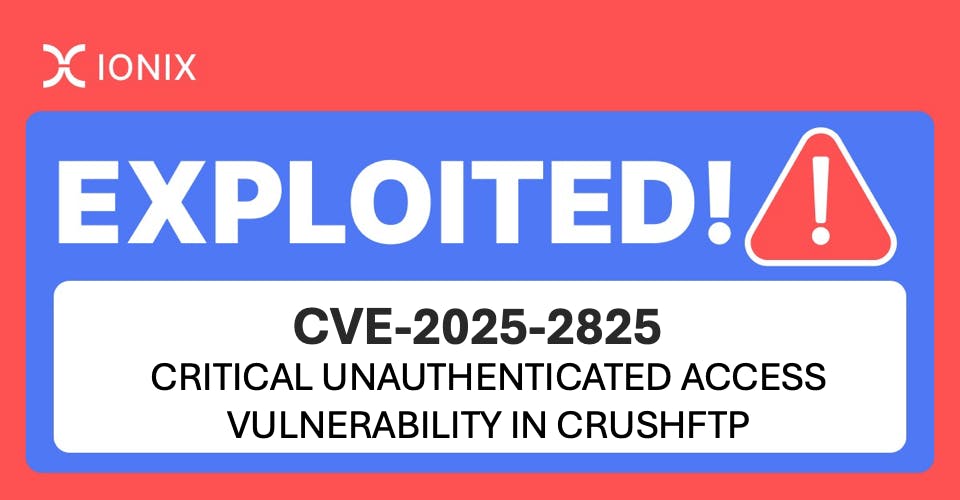Review of the Polyfill Supply Chain Attack – Lessons & Mitigation

In June 2024, the digital world was rocked by a significant supply chain attack involving Polyfill.io, a JavaScript library that had been a staple in web development for over a decade. Originally designed to ensure compatibility between older browsers and modern web APIs, Polyfill.io became a silent vulnerability when a Chinese company named “Fun Null” acquired the domain in February 2024. Within months, this once-trusted service turned malicious, redirecting users to dangerous websites and injecting harmful code into thousands of domains. This incident serves as a stark reminder of the evolving threats in our digital supply chains and underscores the critical need for vigilance and proactive security measures.
In this article
What is Polyfill?
Polyfill.io was initially a widely-used JavaScript library that allowed web developers to backfill support for newer browser APIs in older browsers, ensuring consistent functionality across different environments. Created in the late 2000s, Polyfill.io became a staple in web development, especially when dealing with legacy browsers like Internet Explorer. However, in recent years, with the advent of modern browsers that update more frequently, the need for Polyfill.io has diminished significantly. Despite this, many websites continued to rely on the service without regularly evaluating its necessity or security, leading to potential vulnerabilities.
What is the Risk?
The risk associated with Polyfill.io became glaringly evident when, in February 2024, a Chinese company named “Fun Null” acquired the domain. By June 2024, this company had started injecting malicious code into the JavaScript files served by Polyfill.io. This malicious code redirected users to various suspicious websites, including gambling sites, and even executed drive-by downloads to install malware on users’ devices.
This attack exploited the trust and ubiquity that Polyfill.io had established over the years. Thousands of websites, including major platforms, were unknowingly serving compromised JavaScript to their users, exposing them to a wide range of security threats. The incident highlighted a significant vulnerability in the digital supply chain, where outdated or unchecked third-party dependencies can become entry points for malicious activities.
The Digital Supply Chain Challenge
The attack underscored a critical issue in web development: an over-reliance on third-party digital supply chain libraries without adequate oversight or security checks. Many organizations lacked visibility into their own infrastructure dependencies and were unaware that they were still using Polyfill.io, let alone that it had become a vector for attacks. This complacency and lack of regular auditing allowed the malicious activities to proliferate rapidly before being detected.
How Was the Issue Resolved and What Were the Challenges?
The resolution of the Polyfill.io attack was swift but not without controversy. Once the malicious activities were discovered and publicized in late June 2024, immediate actions were taken by key internet infrastructure providers to mitigate the threat and protect users. Here’s a detailed look at how the issue was addressed and the complexities involved in the solution:
Next steps: Immediate Actions by Namecheap
Namecheap, the domain registrar responsible for Polyfill.io, took decisive action by suspending the domain’s DNS records. This effectively rendered the domain unreachable, preventing any further distribution of malicious code through Polyfill.io. By cutting off access at the DNS level, Namecheap was able to stop the attack’s propagation almost instantly, safeguarding countless users from potential harm.
Challenges and Concerns:
- Unilateral Decision-Making: Namecheap suspended the domain without prior legal processes or broader consultation, raising concerns about the power of registrars to control web access.
- Impact on Legitimate Users: The suspension disrupted legitimate uses of Polyfill.io, causing issues for websites still relying on it and highlighting the collateral damage of swift security actions.
- Precedent for Future Actions: This incident set a precedent for how registrars might respond to similar threats, sparking debates about balancing swift security with due process.
Intervention by Cloudflare
Cloudflare, a major content delivery network and internet security provider, also intervened by implementing a workaround that served a safe, cached version of the Polyfill.io script. They achieved this by rewriting requests intended for the compromised domain to point to a known, secure version of the library stored on their servers. This approach allowed websites dependent on Polyfill.io to continue functioning correctly without exposing users to malicious code.
Challenges and Concerns:
- Content Modification Authority: Cloudflare altered web content in transit, raising questions about the extent of their authority to modify content, even for security purposes.
- Trust and Centralization Issues: Relying on Cloudflare for such significant changes highlights the risks of centralizing internet infrastructure, including potential single points of failure and control.
- Transparency and Consent: The lack of consent or notification to affected website owners sparked discussions on the need for clear protocols and transparency in security responses to maintain trust.
Lessons Learned
The Polyfill.io incident serves as a critical learning opportunity for all stakeholders in the digital ecosystem. Key takeaways include:
- Regular Audits: Organizations should routinely review and secure third-party dependencies to ensure they’re necessary and up-to-date.
- Clear Protocols: Establish well-defined and collaborative protocols for responding to supply chain attacks, balancing swift action with transparency.
- Visibility and Control: Invest in tools that provide comprehensive visibility into digital assets and supply chains for effective risk management.
- Decentralization and Resilience: Diversify dependencies and avoid over-reliance on single providers to strengthen infrastructure resilience against threats
How IONIX Mitigates the Polyfill Risk (and other Digital Supply Chain Risks)
IONIX understands the complexities and risks of the modern digital supply chain and has developed tools to help organizations secure their public-facing assets. By providing detailed mapping and continuous monitoring of all dependencies, including third-party JavaScript libraries, IONIX ensures companies have a clear understanding of what is being loaded on their websites and applications.
- Best-in-Class Visibility: IONIX offers unparalleled visibility into all third-party resources and dependencies, enabling organizations to monitor and manage their digital assets with precision.
- Focus on Exploitability: Moving beyond just identifying vulnerabilities, IONIX emphasizes the importance of understanding exploitability, helping organizations prioritize risks that pose the greatest threat.
- Streamlined Remediation Flows: IONIX provides tools to streamline remediation processes, ensuring that identified issues are quickly and efficiently resolved, minimizing potential exposure.
These proactive measures significantly reduce the risk of digital supply chain attacks like the one involving Polyfill.io, ensuring a safer web environment that protects both end-users and the reputation of businesses






